Being the labyrinthine thing that it is, coffee presents itself for deep thought from myriad angles. We were lucky enough to have worked this past year some of the brightest minds in coffee who have shared their unique perspectives within our virtual pages.
The columns that follow include hardcore guides for achieving specific ends (passing the Q, mapping roasting plans between machines, or complying with the Food Safety Modernization Act), more casual explorations into worlds within the coffee universe (understanding potato taste defect, Gesha vs. Geisha or what we know about GMOs), and a number of thoughtful pieces on economic, environmental and social sustainability.
It has been our pleasure to provide a platform for these voices. In doing so, we hope to have played whatever small part our station allows toward a more sustainable, equitable and generally healthy future for coffee.
Cold New World: A Guide to Cold Coffee Differences and Definitions
Established, traditional coffee companies are increasingly identifying cold coffee products as major potential revenue generators either as café menu items, wholesale provisions or RTD packaged beverages. It is also becoming more common for new roasters to launch with RTD coffee products, depending on them as important sources of startup revenue and tools for brand-building. Meanwhile a new breed of coffee companies entirely devoted to cold coffee products is also proliferating, with some even opening brick-and-mortar cafes that serve cold coffee exclusively… [read more]
Opinion: Exclusionism is a Threat to Coffee
In times like these, I find myself questioning my coffee career. Could I be doing more good for more people by abandoning my post and joining the Peace Corps, the press, or a not-for-profit advocacy group? Would our world be better served by fewer coffee professionals and more community organizers?..[read more]
Opinion: New Rainforest Alliance Shade Requirements Fall Short
The 2017 standard covers a lot of ground. In addition to various environmental topics, it also addresses management, social, and livelihood aspects, such as wages, worker rights, etc. As the standard has gone through periodic updates, it has refined not only individual criterion, but also tweaked the overarching structure and scoring protocols…[read more]
Column: What We Know About GMOs and Specialty Coffee
When consumers see a coffee on a shelf labeled Non-GMO, it implies that other coffees may be genetically modified. Yet in our 39 years of sourcing coffee around the globe, we have never encountered a genetically modified coffee plant. Meanwhile, labeling efforts tend to be driven by consumer demand. According to our research at Royal Coffee, Inc., Non-GMO labeling is currently the fastest-growing agricultural certification, outpacing Organic three years in a row…[read more]
Column: A Closer Look At What a $2.75/lb FOB Minimum Price Means
A few weeks ago, Kickapoo Coffee Roasters publicly committed to paying farmers in their supply chain a minimum of $2.75 FOB per pound for all of Kickapoo’s green coffee purchases (FOB stands for Free on Board, or the price of the coffee ready for export.) Their announcement said that it is the highest published minimum price for green coffee, which is true. I have seen quite a few roasters publish their average prices, or prices paid for certain coffees, but to my knowledge, others have not established a public price minimum…[read more]
Mapping Roasting Plans Between Different Machines
“These measurements may differ from what you see on your machine.” This is a disclaimer commonly heard in coffee roasting classes. Why? There are several reasons, actually. Different technologies are in use for measuring the temperature of coffee seeds in the machine; probe placement varies; and the differences in the roasting vessel and how air moves through it will also have an impact on what temperature values are measured when roasting coffee…[read more]
Direct Trade is Dead, Long Live its Founding Principles
We have devoted a fair amount of real estate within this site’s pages to the popular specialty coffee industry term “direct trade.” More specifically, guest authors in this space have described how its co-optation within the industry has rendered it virtually meaningless since the good old days when direct trade pioneers such as Intelligentsia, Counter Culture and Stumptown helped it first take shape as a sourcing model built primarily upon the concept of quality with heaping sides of economic, environmental and social sustainability…[read more]
A Coffee Roaster’s Guide to the Food Safety Modernization Act
Coffee production and roasting in particular have long flown under the radar when it comes to food safety regulation at manufacturing facilities. It has been an area left in the shade by the people creating the radar — the government agencies that regulate and inspect such facilities — and therefore also by the roasters whose operations would be on it. That shade is gone now, however, as a regulatory spotlight is shining more brightly than ever onto coffee roasting facilities…[read more]
Reimagining Cupping Competition Scoring, Part 1: The Problem
(note: this was part 1 of a 5-part series. See part 4 for links to all that have been published thus far.)
No system defines what a winning item would taste like. This lack of definition prevents judges from scoring accurately as they have no standard of excellence to compare to. Moreover, competitors never know what to submit if they don’t know which taste is actually competitive. Without a definition of quality, every competition score is based somewhat on the whims of the judges…[read more]
How Might Roasting Affect Drip Extraction: A Detailed Analysis
In many cases, a roaster will make choices about heat application based on final, intended use. An espresso roast will differ significantly from a drip roast based on known effects on the final flavor profile. Not long ago at the Crown office, Jen, Evan, and I were speculating about what choices might be made specifically during the roast that affect a coffee’s solubility…[read more]
Transparent Trade Series: Finding the Essence of Direct Trade Sourcing

Employees of Nossa Familia Coffee talk to Timoteo Minas, president of the Cafe Artesanal San Miguel cooperative, on a visit organized by De la Gente.
When speaking more carefully, or when articulated by movement pioneers, the potential of direct trade does not come from simply removing middlemen. Rather, directness provides a means to work collaboratively to improve the supply of high-quality coffee, which provides better prices and incomes for farmers. This dual emphasis on spending time at origin to (1) improve the supply of high-quality coffee so that (2) coffee farmers can earn better incomes provides a simple framework for discussing what happens when specialty coffee supply chains are made shorter…[read more]
A Year of Turbulence and New Hope in Ethiopia’s Critically Important Gedeo Zone
The coffee community in Ethiopia’s Gedeo Zone has experienced some significant setbacks this year. More than 40 washing stations, dry mills and coffee storehouses were destroyed or damaged, crippling their ability to process coffee. Early in the harvest season, when the first cherries were beginning to arrive at washing stations, many Gedeo people participated in an uprising against “foreign”-owned enterprises…[read more]
How Fine Cocoa is Following Specialty Coffee in Standards Development
In 1982, a small group of coffee professionals gathered to establish a forum for the discussion of coffee issues and the development of quality standards for specialty coffee. This small group of visionaries, founded the Specialty Coffee Association of America (SCAA). They could see that quality would be the defining characteristic of specialty coffee in a world that at the time, was largely dominated by “canned” commercial coffees…[read more]
Farmgate Price: An Important, But Partial, Piece of the Sustainability Puzzle

Jaime Alonso Arévalo Gómez, 41, a cocoa producer from Cantón Cangrejera, Izalco, Sonsonate, municipality, El Salvador, shows cocoa pods almost ready for harvest. Photo by Oscar Leiva for CRS, shared courtesy of CRS.
While many coffee pricing transparency reports show the average FOB price — see this great Counter Culture report from 2015 as a good example — FOB pricing is the amount paid for the coffee once it is stored, processed, bagged and transported to the port, ready for export. It is not a reflection of what the farmer actually received, or the farmgate price. Estimates of farmgate as a percentage of FOB run from 60 to 80 percent in the coffee sector, depending on the origin and the number of actors in the value chain…[read more]
Passing the Q: A Practical Guide
In 2003, The Coffee Quality Institute (CQI) created the arabica Q grader program and began to certify coffee professionals, calibrating them to a shared scoring and grading system. This was an incredible undertaking and a global effort. Coffee evaluation by sensory analysis can be very subjective. Is your dark roast what I would call a medium roast? Or is your berry jam my balsamic vinegar? or is my phenol your… well, let’s hope we can all agree on that one…[read more]
Variety or Varietal: There’s a Difference and It’s Important

Castillo plants. Depending on who you talk to, Castillo is probably a variety or, more accurately a cultivar, but it itself is not a varietal. Photo by Meister.
There aren’t many scandals in specialty coffee, but the ones that do exist typically revolve around labeling. The big-time controversies include misleading or downright fraudulent labeling, such as marketing a Costa Rican coffee as a Hawaiian, or putting the word organic on a non-certified product, or swapping out samples after a contract’s been written…[read more]
Is it Geisha or Gesha? If Anything, It’s Complicated

Ripe Geisha (or Gesha, depending on who you ask) cherries in Costa Rica. Photo courtesy of Cafe Imports.
Every professional community probably has its own take on “toe-MAY-toe, toe-MAH-toe,” but are any of them as knock-down, drag-out, and oddly fire-starting as the “Geisha” versus “Gesha” debate? (Let’s hope not.)..[read more]
The Relationship Between Water Activity and the Maillard Reaction in Roasting
In what might be a foolhardy attempt to correlate two of coffee’s most complicated concepts, I’ve dedicated a significant portion of the past few months to examining the relationship between the water activity of green coffee and the Maillard reaction during roasting…[read more]
Honey Process: Get to Know This Sweetheart of Specialty Coffee
If there was more about coffee that was cut-and-dry, it wouldn’t be as interesting, right? And if all processing was ultimately cut-and-dry, we wouldn’t have any washed coffees or pulped naturals — and just forget about honeys…[read more]
Potato Taste Defect: What Roasters Need to Know

Parchment sorting at Nyarusiza washing station in Nyamagabe, Rwanda. Photo courtesy of Royal Coffee/The Crown
Spuds, yams, tubers – baked, boiled, fried, mashed… There’s almost no limit to the versatility of the root vegetable we often associate with Idaho or Ireland. It might surprise you to know that there are more than 1,000 varieties of potato, and that Peru claims the origin of the plant, as well as the greatest genetic diversity. But this article is not about potatoes. It is about the potato defect…[read more]




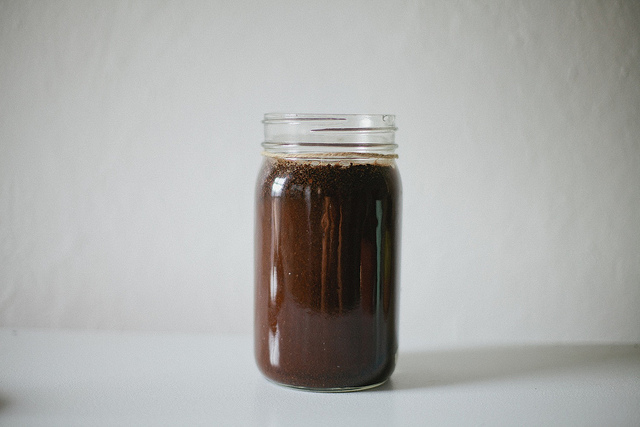
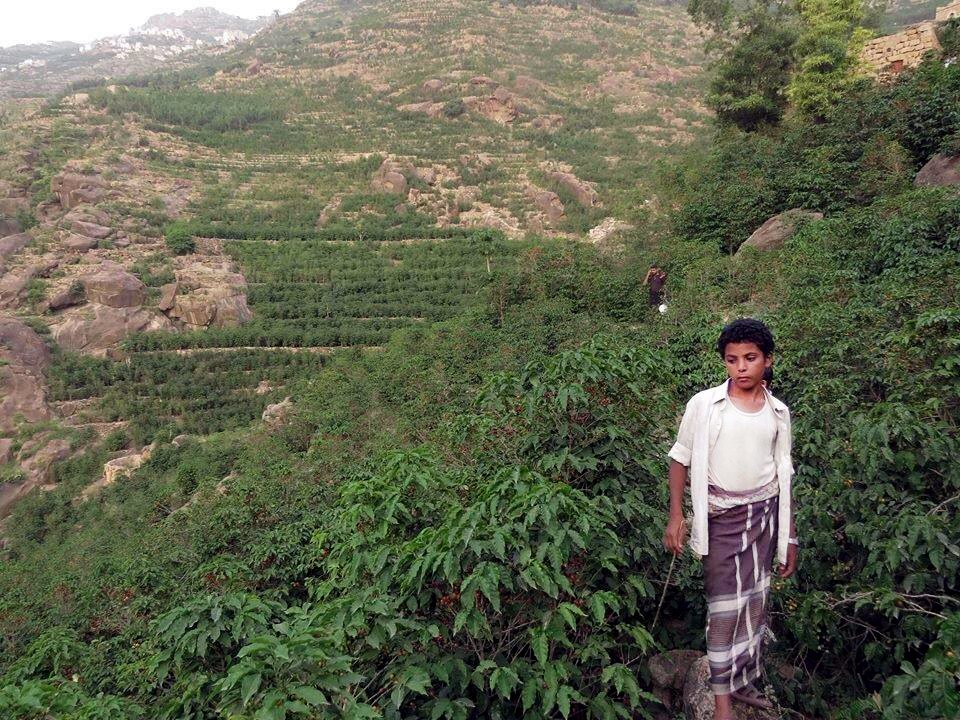


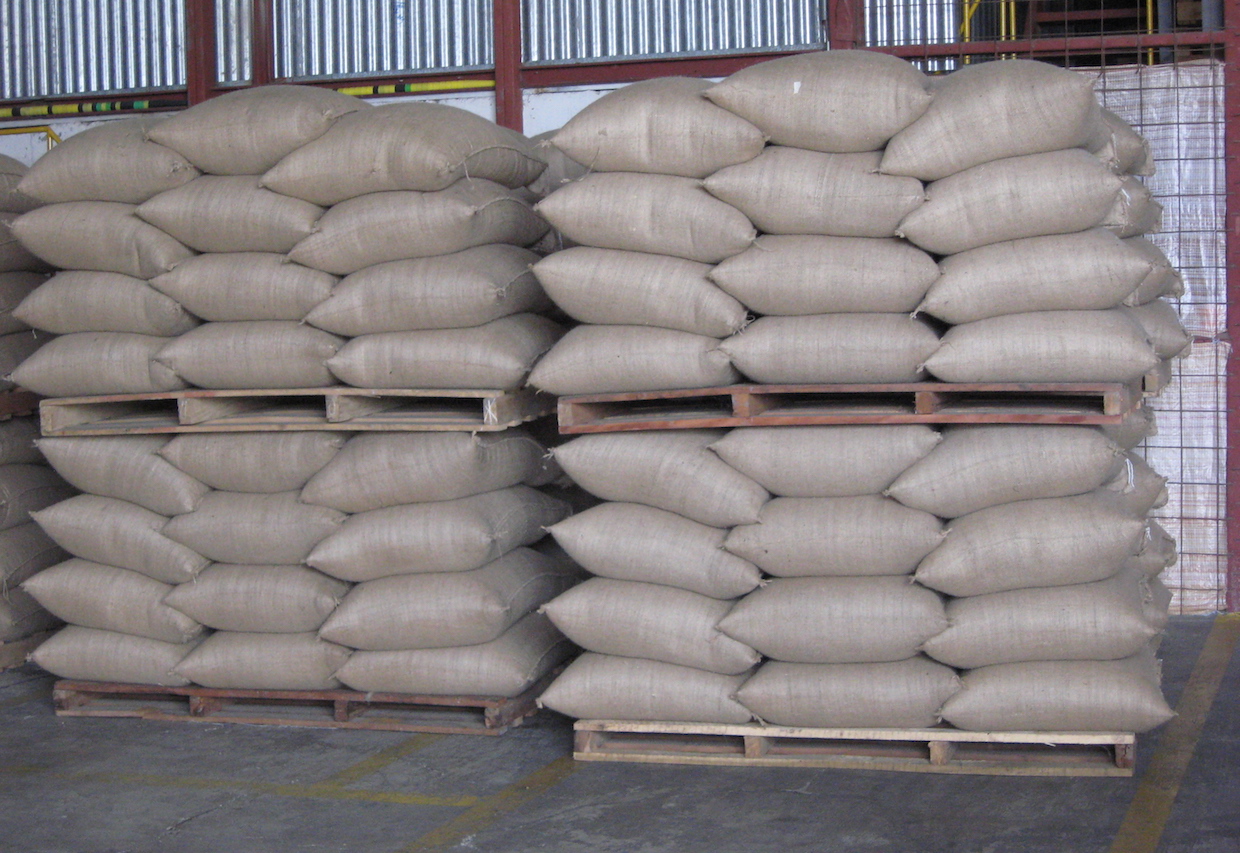




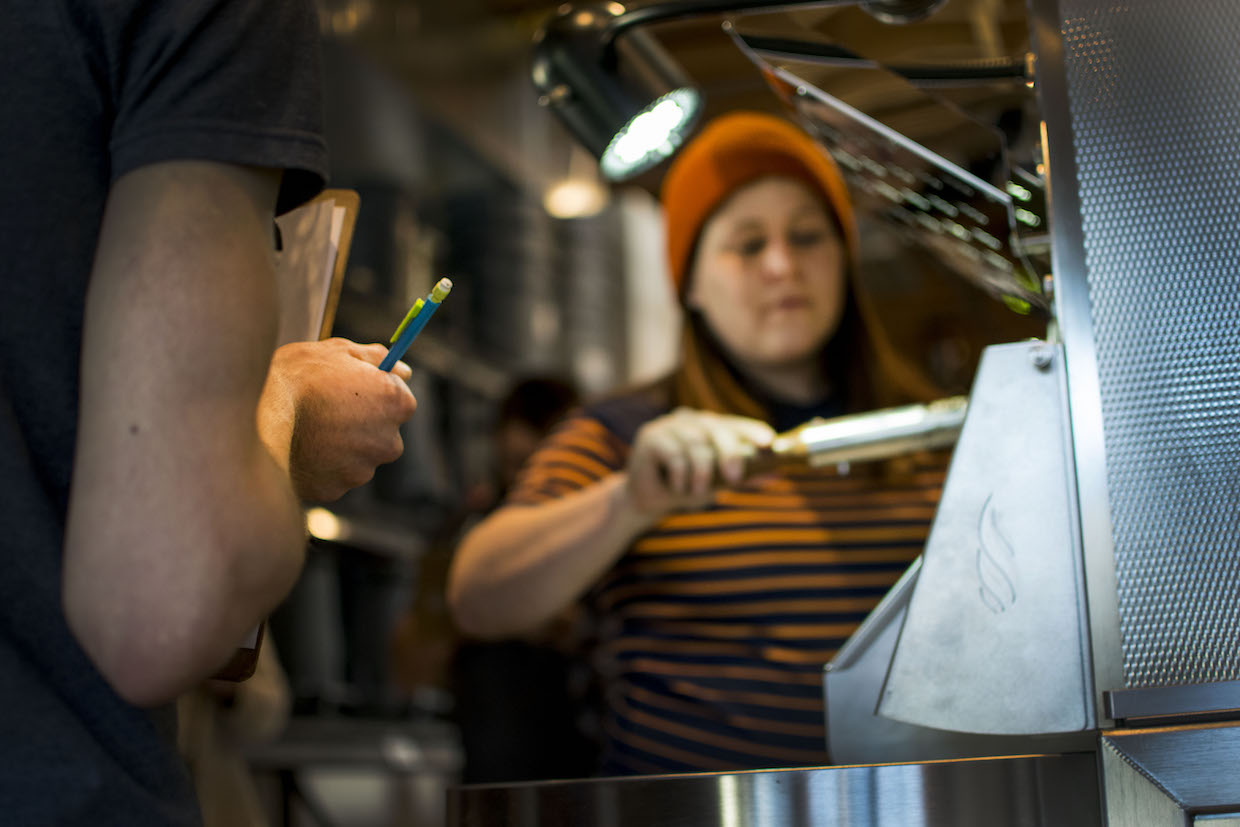
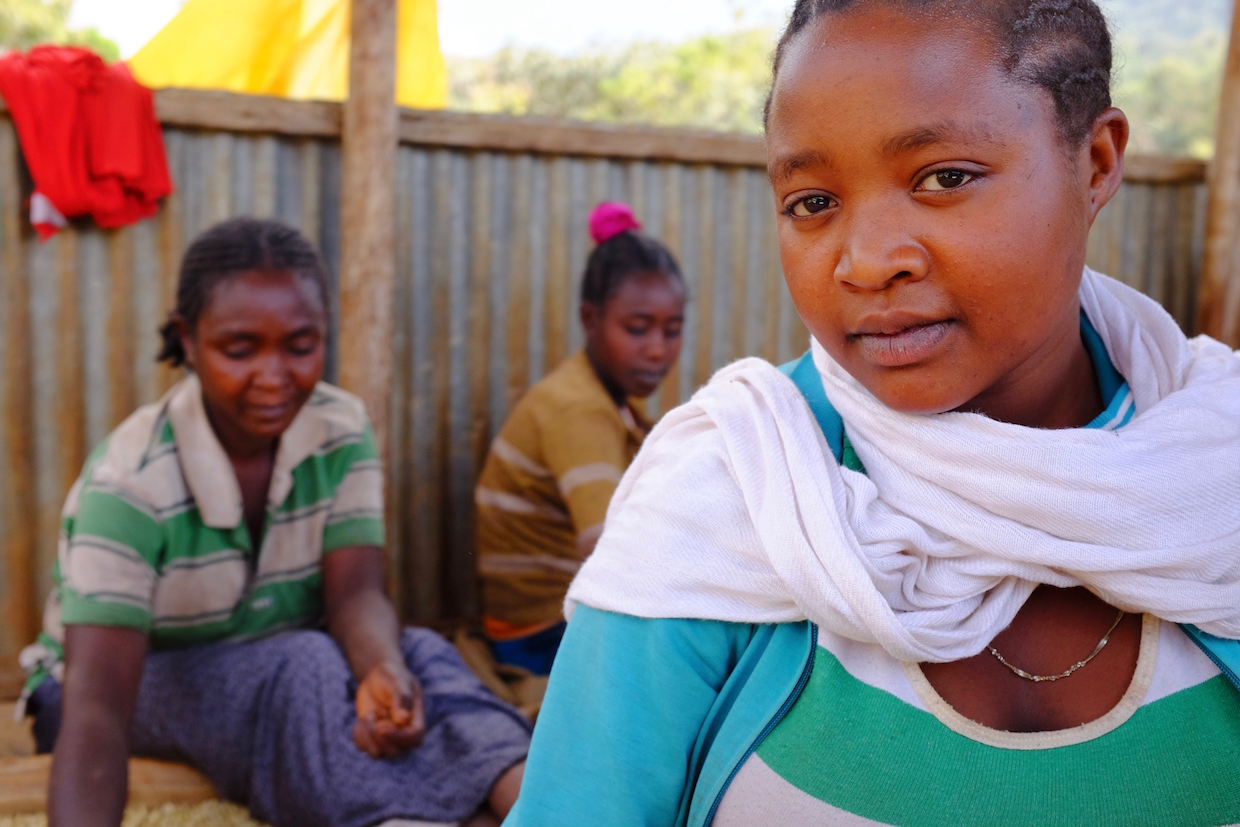
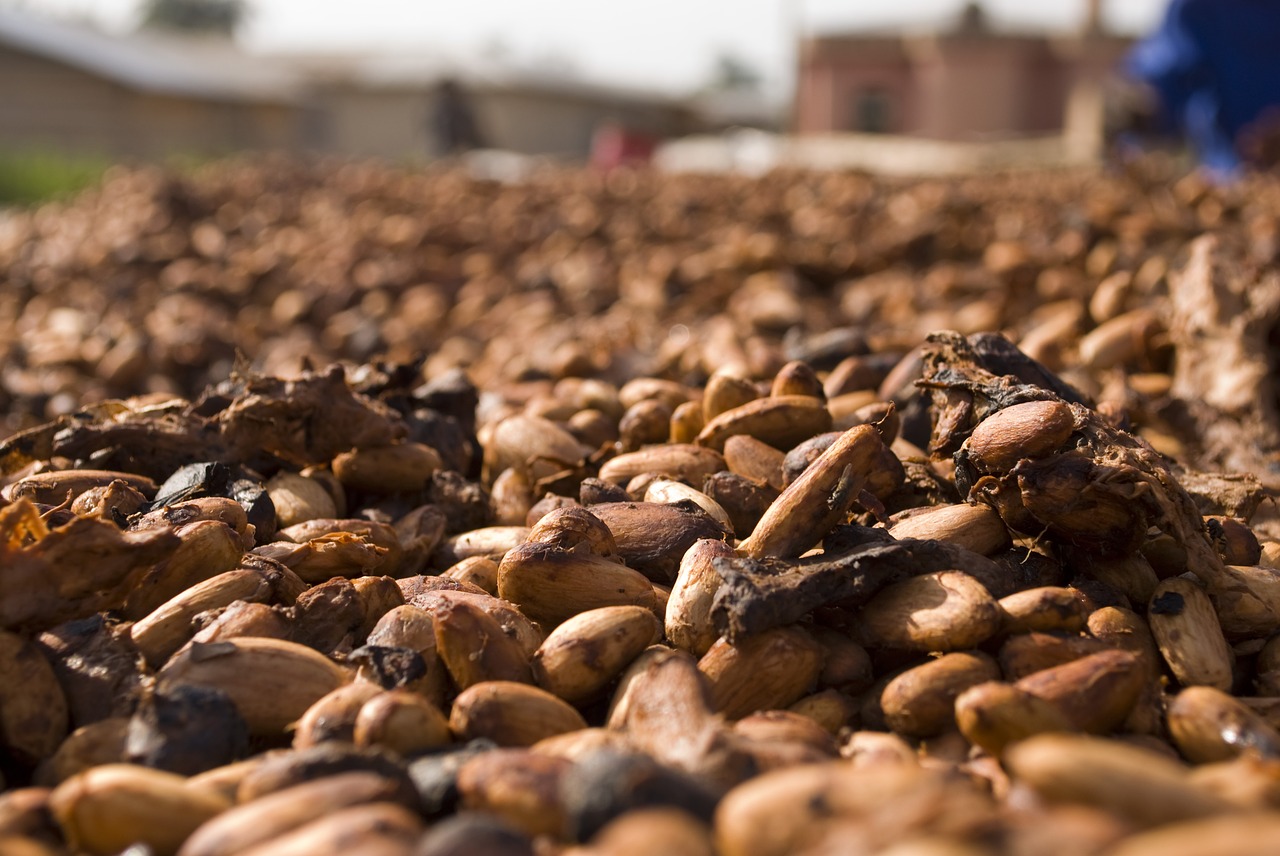
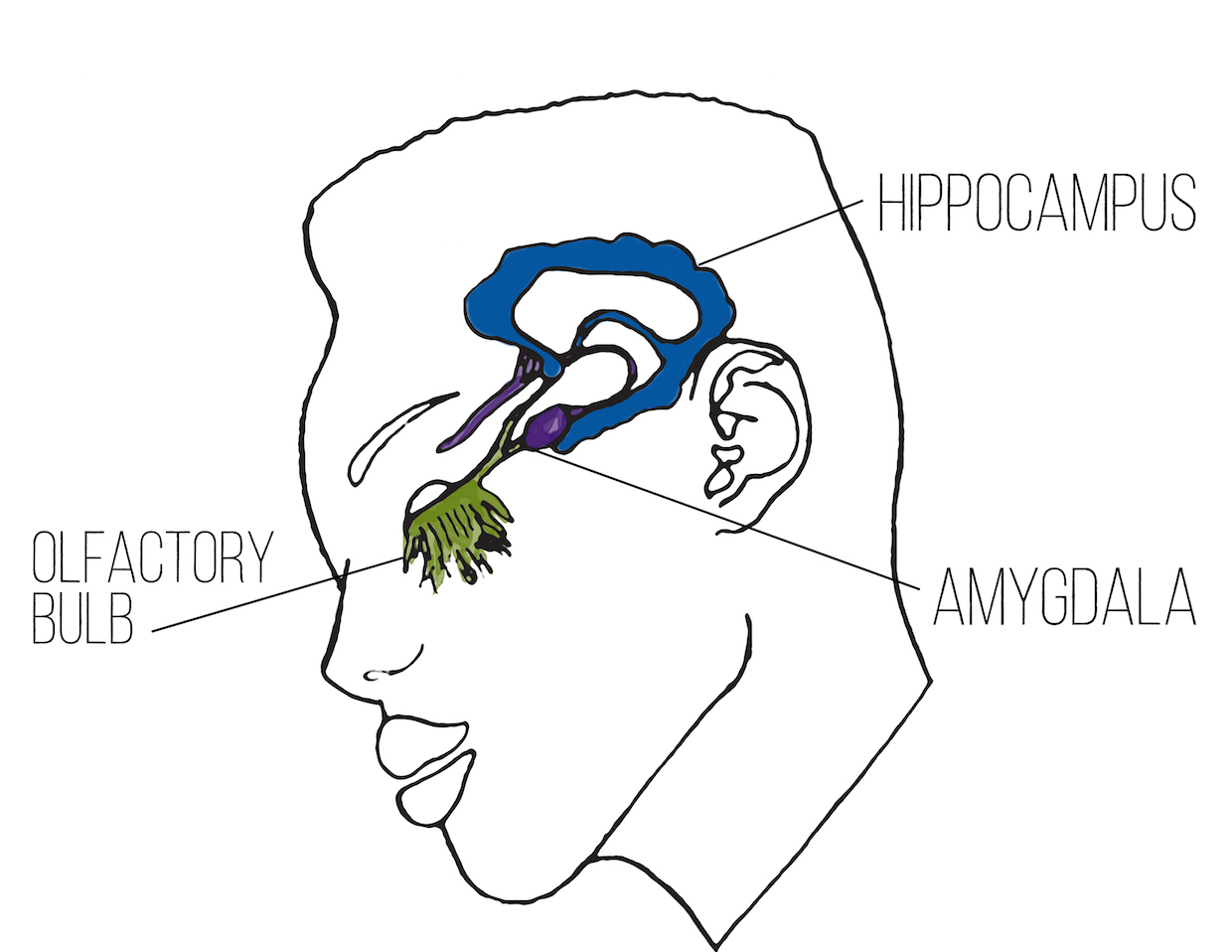





Comment